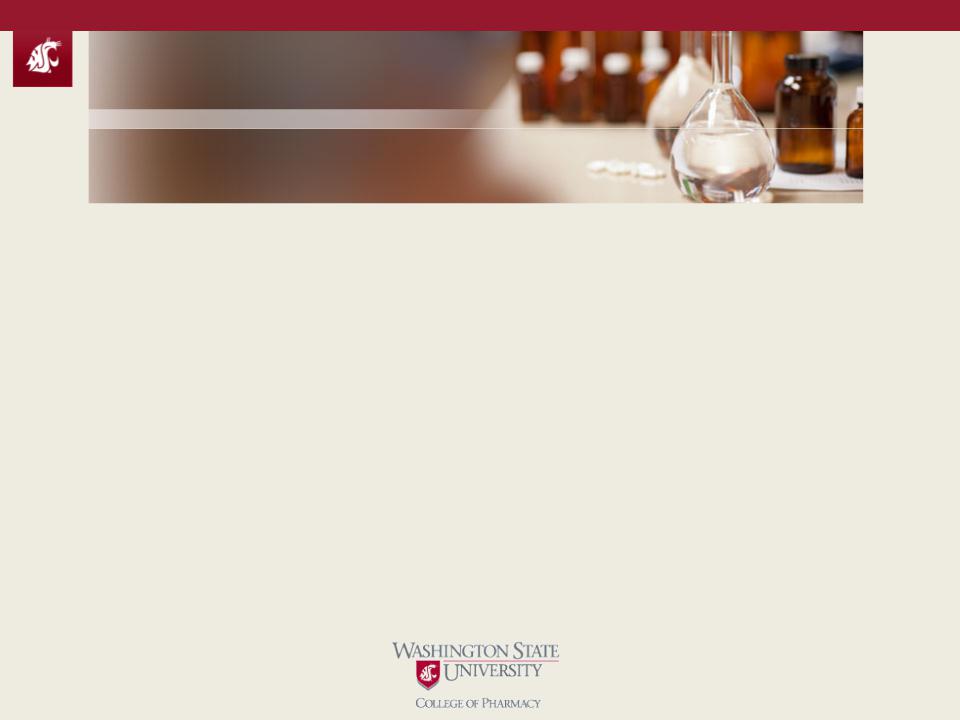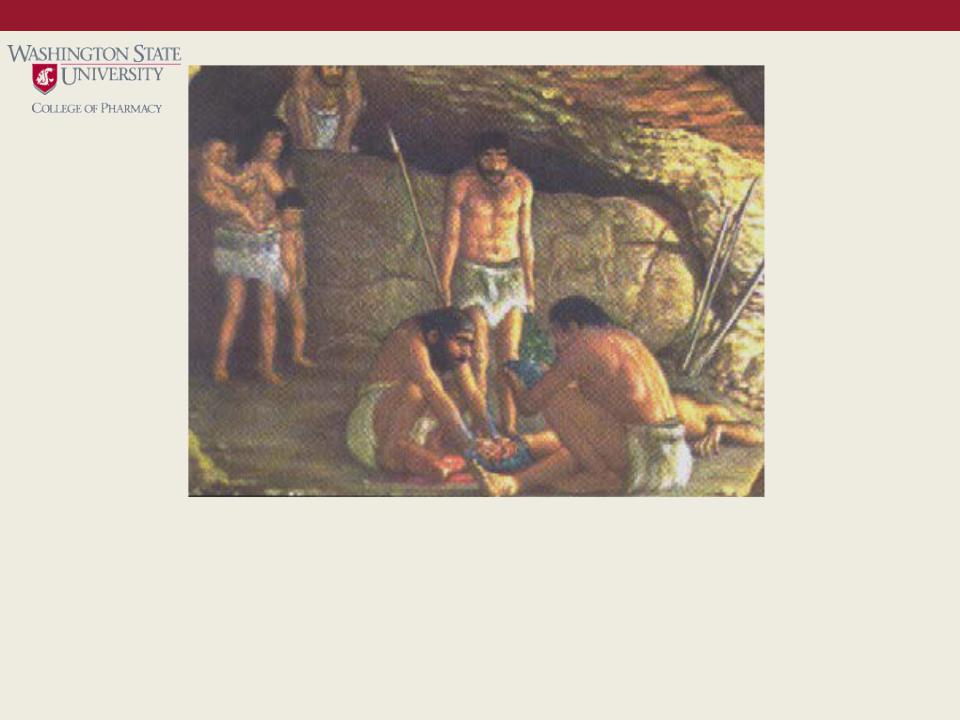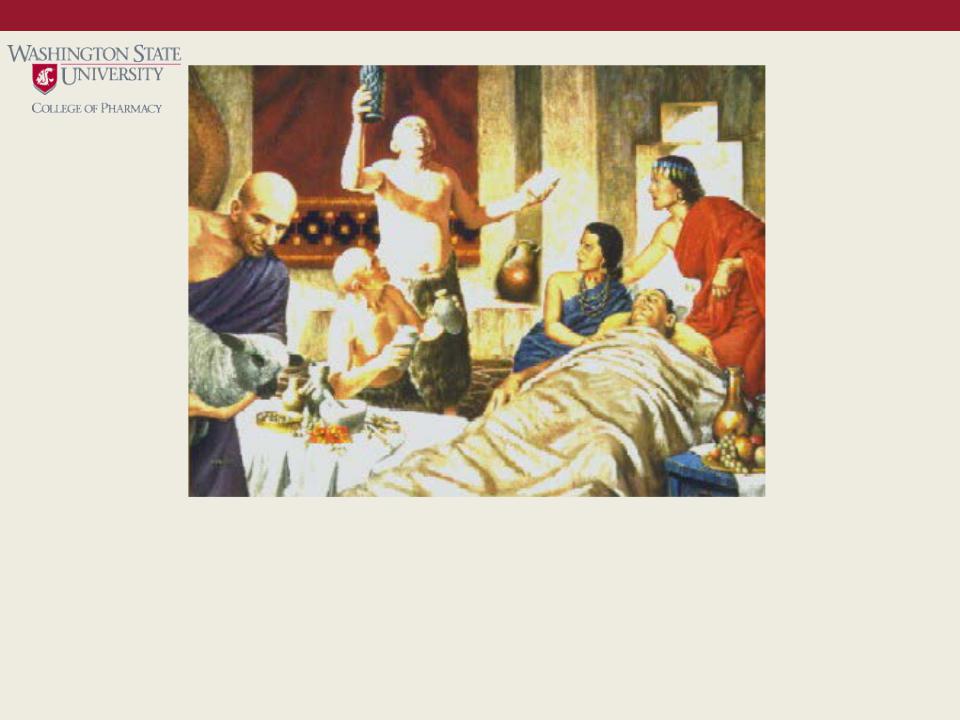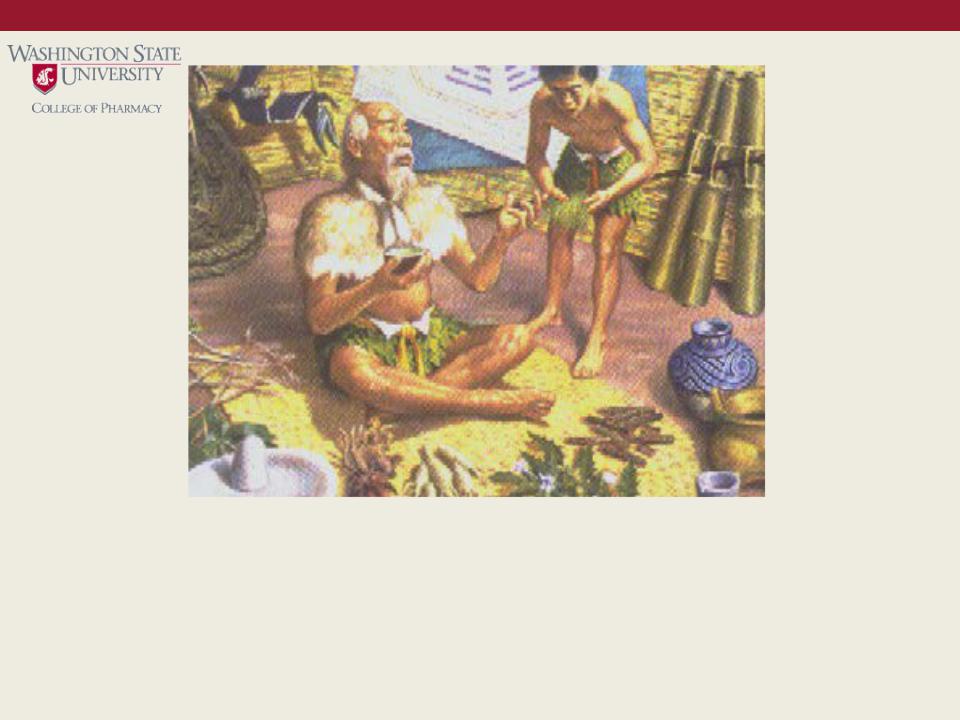
- •1. Before the Dawn of History
- •2. Pharmacy in Ancient Babylonia
- •3. Pharmacy in Ancient China
- •4. Days of the Papyrus Ebers
- •5. Theophrastus – Father of Botany
- •6. The Royal Toxicologist – Mithridates VI
- •7. Terra Sigillata – An Early “Trademarked” Drug
- •8. Dioscorides – A Scientist Looks at Drugs
- •9. Galen – Experimenter in Drug Compounding
- •10. Damian and Cosmas – Pharmacy’s Patron Saints
- •11. Monastic Pharmacy
- •12. The First Apothecary Shops
- •13. Avicenna – The “Persian Galen”
- •14. Separation of Pharmacy and Medicine
- •15. The First Official Pharacopeia
- •16. The Society of Apothecaries of London
- •17. Louis Hébert, Apothecary to New France (Canada)
- •18. The Governor who Healed the Sick
- •19. The Marshall Apothecary
- •20. First Hospital in Colonial America
- •21. Scheele – Greatest of the Pharmacists-Chemists
- •22. Craigie – America’s First Apothecary General
- •23. Sertürner – First of the Alkaloid Chemists
- •24. Caventou, Pelletier and Quinne
- •25. American Pharmacy Builds its Foundations
- •26. The Shakers and Medicinal Herbs
- •27. The American Pharmaceutical Association
- •28. European and American Pharmacy Meet
- •29. The Father of American Pharmacy
- •30. A Revolution in Pharmaceutical Education
- •31. The Pharmacopeia Comes of Age
- •32. The Standardization of Pharmaceuticals
- •33. Wresting the Jungle’s Secrets
- •34. Stanislas Limousin – Pharmacal Inventor
- •35. The Era of Biologicals
- •36. The Development of Chemotherapy
- •37. Pharmaceutical Research
- •38. Pharmaceutical Manufacturing Comes of Age
- •39. The Era of Antibiotics
- •40. Pharmacy Today and Tomorrow

College of Pharmacy History
A HISTORY OF PHARMACY
IN PICTURES
Taken From the book: "Great Moments in Pharmacy" By George A. Bender Paintings By Robert A. Thom
Copyright ©Parke, Davis & Company 1965
Library of Congress Catalog Number: 65-26825
Reproduced on these pages by the WSU College of Pharmacy with special permission of Parke, Davis & Company
If you are interested in using these pictures, please contact the copyright holder.

1. BEFORE THE DAWN OF HISTORY
From beginnings as remote and simple as these came the proud profession of Pharmacy. Its development parallels that of man. Ancient man learned from instinct, from observation of birds and beasts. Cool water, a leaf, dirt, or mud was his first soothing application. By trial, he learned which served him best. Eventually, he applied his knowledge for the benefit of others. Though the cavemen's methods were crude, many of today's medicines spring from sources as simple and elementary as those which were within reach of early man.

2. PHARMACY IN ANCIENT BABYLONIA
Babylon, jewel of ancient Mesopotamia, often called the cradle of civilization, provides the earliest known record of practice of the art of the apothecary. Practitioners of healing of this era (about 2600 B.C.) were priest, pharmacist and physician, all in one. Medical texts on clay tablets record first the symptoms of illness, the prescription and directions for compounding, then an invocation to the gods. Ancient Babylonian methods find counterpart in today's modern pharmaceutical, medical, and spiritual care of the sick.

3. PHARMACY IN ANCIENT CHINA
Chinese Pharmacy, according to legend, stems from Shen Nung (about 2000 B.C.), emperor who sought out and investigated the medicinal value of several hundred herbs. He reputed to have tested many of them on himself, and to have written the first Pen T-Sao, or native herbal, recording 365 drugs. Still worshiped by native Chinese drug guilds as their patron god, Shen Nung conceivably examined many herbs, barks, and roots brought in from the fields, swamps, and woods that are still recognized in Pharmacy today. In the background is the "Pa Kua," a mathematical design symbolizing creation and life. Medicinal plants include podophyllum, rhubarb, ginseng, stramonium, cinnamon bark, and, in the boy's hand, ma huang, or Ephedra.

4. DAYS OF THE PAPYRUS EBERS
Though Egyptian medicine dates from about 2900 B.C., best known and most important pharmaceutical record is the "Papyrus Ebers" (1500 B.C.), a collection of 800 prescriptions, mentioning 700 drugs. Pharmacy in ancient Egypt was conducted by two or more echelons: gatherers and preparers of drugs, and "chiefs of fabrication," or head pharmacists. They are thought to have worked in the "House of Life." In a setting such as this, the "Papyrus Ebers" might have been dictated to a scribe by a head pharmacist as he directed compounding activities in the drug room.
